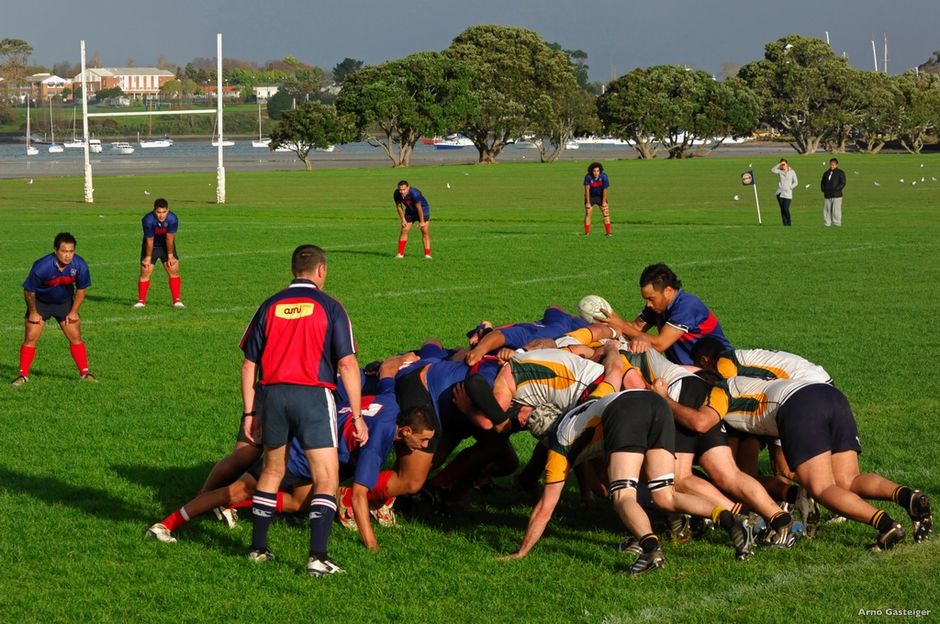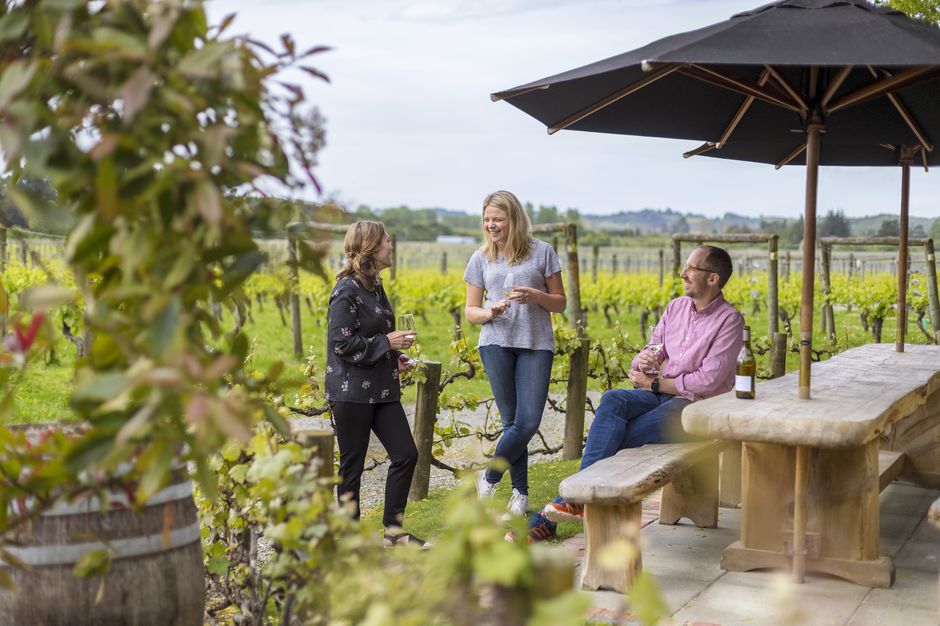-
Popular places to visit
Popular things to do
Helpful tips
Here's a few useful links to help with planning your trip to Aotearoa New Zealand.
-


New Zealanders are friendly and down-to-earth people who embrace the spirit of manaakitanga, or hospitality.
With a patchwork history of Māori, European, Pacific Island and Asian influences, New Zealand's population of five million people is a melting-pot of cultures.
Today, the population of New Zealand(opens in new window) is made up of people from a range of backgrounds; 70% are of European descent, 16.5% are indigenous Māori, 15.1% Asian and 8.1% non-Māori Pacific Islanders.
Geographically, over three-quarters of the population live in the North Island, with one-third of the total population living in Auckland. The other main cities of Wellington, Christchurch and Hamilton are where the majority of the remaining Kiwis dwell.
New Zealand demographics don't tell the full story. Beyond the numbers, what are Kiwi people really like?
The name 'kiwi' comes from the curious little flightless bird that is unique to New Zealand.
Māori people have always held the kiwi bird in high regard. Their feathers were used to make 'kahu kiwi', valuable cloaks worn by tribal chiefs.
In the early 1900s, cartoonists started to use images of the kiwi bird to represent New Zealand as a country.
During the First World War, New Zealand soldiers were referred to as 'kiwis', and the nickname stuck.
Eventually, the term Kiwi was attributed to all New Zealanders, who proudly embraced the moniker. Just like the bird, New Zealanders are unique, adaptable and a little quirky.


New Zealanders share a set of values that arise from Māori cultural influences, early pioneering spirit, and a love of sports and the outdoors.
Over four hundred years before Christopher Columbus and the rest of Europe worried about falling off the edge of the world, Māori people voyaged thousands of miles across the vast unknown Pacific Ocean in small ocean-going canoes and became the first inhabitants of Aotearoa New Zealand.
To this day, Maori culture is a core part of New Zealand’s national identity.


New Zealand’s European pioneers were also brave, rugged and independent. Before establishing farms and settlements, they had to first clear the land - a painstaking and sometimes dangerous activity. Their isolation and exposure to the elements forced these early New Zealanders to become hardy and multi-skilled.
This resourcefulness and ingenuity has greatly contributed to the New Zealand character. The same qualities can be seen today in the new pioneers - a generation of young Kiwi business executives, computer software builders, film-makers, fashion designers, and sportspeople making waves around the world.


Excellent craft beer in Wellington
Since before Sir Ernest Rutherford ‘split’ the atom early in the twentieth century, Kiwis have been discovering and inventing things. Many of these inventions have literally been created in a backyard. While frozen meat, the Hamilton Jet boat, and the bungy jump are probably our most famous Kiwi inventions, there are many others.
New Zealanders are also responsible for the tranquilliser gun, seismic ‘base’ isolators (rubber and lead blocks which minimise earthquake damage), electric fences, the fastest motorbike in the world, freezer vacuum pumps, stamp vending machines, wide-toothed shearing combs, and the electronic petrol pump - to name a few!


With such spectacular landscapes, it's little wonder Kiwis love the great outdoors.
For the same reason that many visitors come to New Zealand, Kiwis have developed a passion for the outdoors and delight in activities that make the most of the spectacular landscape.
With so much coastline, it’s little wonder New Zealanders love the water and it’s reputed that over 15% of New Zealand families own their own boat. Respected as superior yacht designers, Kiwis continue to dominate on the world yachting, kayaking, windsurfing and rowing scene.
Hiking, camping, fishing, bush and beach walks are other popular outdoor pursuits. The more intrepid take to the mountains; following in the footsteps of perhaps the most adventurous Kiwi, Sir Edmund Hillary, who conquered Mount Everest, the world’s highest mountain, in 1953.

Rugby is New Zealand's national sport
The two World Wars saw heavy casualties inflicted on the New Zealand male population. But it also saw loyalty to your friends and comrades — ‘mateship’ — become a prized social value. This quality is still seen on the sporting field today.
Rugby football is the most popular spectator sport in New Zealand. Though the sport has public school beginnings in England, in New Zealand, rugby is definitely the grass-roots sport of the ‘average bloke’.


New products, including wine, are now also contributing greatly to New Zealand's exports.
As members of a unique and multicultural society, many Kiwis have wholeheartedly embraced urban living, café culture and an appreciation for new culinary tastes, fashion and the arts. Kiwis are as likely to visit an Asian restaurant or modern art gallery as they are to attend a local rugby game.
Whilst the lure of urban dwelling has ingrained itself on many, there is a sizeable rural population and farming is a major export earner. While the traditional exports of wool, meat and dairy products are still very strong, new products, including Cervena (New Zealand venison), flowers, fruit, biotechnology and wine are now also contributing greatly to our exports.


Strike up a conversation along your journey in New Zealand.
How can you embrace the spirit of Kiwi people?
Strike up conversations along your journey - a casual chat at a bar or restaurant or at a local market - it’s the best way to get insider knowledge on the area you’re visiting and you may even pick up the local Kiwi lingo and make new life-long friends!
Try out some words of Te Reo Māori - start with kia ora.
Take the Tiaki Promise to care for the land and respect the culture of the people.
By sharing in the values of caring and supporting each other, showing hospitality, and protecting nature, you'll soon blend in with New Zealanders!